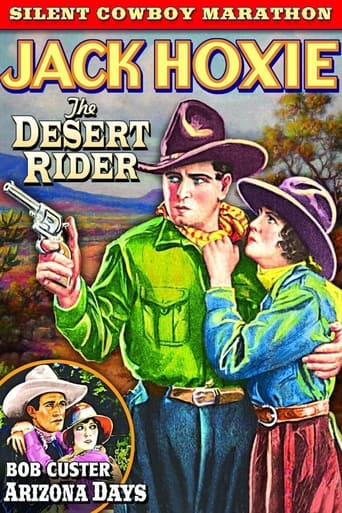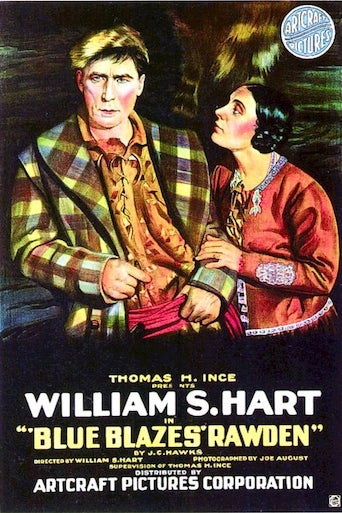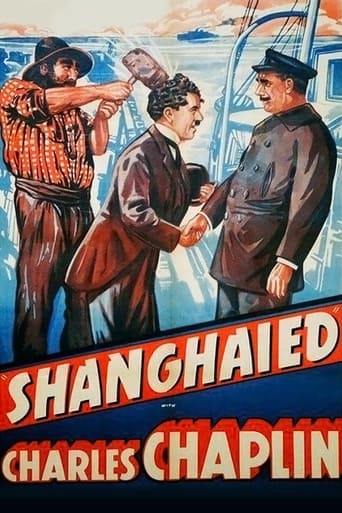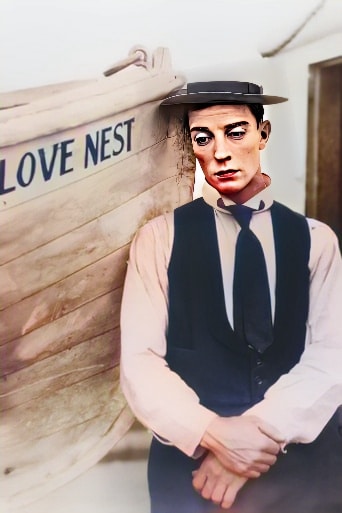Desert Rider (1923)

 “Desert Rider” (1923), directed by Robert N. Bradbury and starring Jack Hoxie, Frank Rice, Evelyn Nelson, and Thomas G. Lingham, is a classic silent Western that unfolds against the arid landscapes of the desert.
“Desert Rider” (1923), directed by Robert N. Bradbury and starring Jack Hoxie, Frank Rice, Evelyn Nelson, and Thomas G. Lingham, is a classic silent Western that unfolds against the arid landscapes of the desert.
With themes of treachery, revenge, and the pursuit of gold, the film encapsulates the spirit of early 20th-century Western cinema, where rugged landscapes mirrored the challenges faced by its characters.
The narrative of “Desert Rider” revolves around the treacherous pursuit of gold and the conflicts that arise in its wake. Kincade, played by Jack Hoxie, takes a sinister turn by shooting Baird and seizing the map to a lucrative gold mine. Baird’s dying act is to disclose the mine’s location to Sutherland, setting the stage for a classic Western tale of revenge and redemption.
Jack Hoxie’s portrayal of Kincade encapsulates the archetype of the silent Western antihero. With a steely gaze and rugged demeanor, Hoxie embodies the morally ambiguous cowboy seeking fortune at any cost. As the catalyst for the unfolding events, Kincade’s actions drive the film’s tension, and his relentless pursuit of gold becomes a thematic linchpin.
The film’s plot takes a turn when Sutherland, played by Frank Rice, discovers Baird on the brink of death. In a poignant moment, Baird entrusts Sutherland with the knowledge of the mine’s location, setting the stage for a clash between the virtuous and the villainous against the backdrop of the harsh desert terrain.
Evelyn Nelson, in her role, adds a layer of complexity to the narrative. As the romantic interest, her character becomes entangled in the pursuit of gold and the unfolding conflict between Kincade and Sutherland. The presence of a female character in the midst of the Western frontier landscape provides a counterpoint to the traditionally male-dominated narratives of the genre.
Thomas G. Lingham rounds out the cast, bringing his skills to the forefront as the plot thickens. As tensions rise and the pursuit of gold intensifies, Lingham’s character becomes a key player in the unfolding drama. The ensemble cast, under Robert N. Bradbury’s direction, contributes to the film’s immersive depiction of the Wild West.
“Desert Rider” explores the timeless theme of the quest for wealth and its potential for corruption. The desert setting serves as a metaphorical canvas, mirroring the unforgiving nature of greed and the challenges faced by those who seek fortune in harsh and treacherous environments. The pursuit of gold becomes a symbol of human desire and the lengths to which individuals will go to satiate it.
The absence of spoken dialogue in silent cinema places a premium on visual storytelling, and “Desert Rider” leverages this to its advantage. The vast and arid landscapes of the desert become a character in themselves, shaping the narrative and reflecting the emotional landscape of the characters. Cinematography is utilized to convey the isolation, danger, and allure of the untamed frontier.
The film’s pacing and action sequences, characteristic of Westerns of the time, contribute to its entertainment value. Horseback chases, shootouts, and dramatic confrontations propel the narrative forward, keeping audiences on the edge of their seats. The silent film medium relies on these visual elements, and “Desert Rider” delivers with the intensity and excitement expected of the genre.
As the story unfolds, the pursuit of gold evolves into a classic Western showdown between Kincade and Sutherland. The tension builds as the characters navigate the rugged terrain, leading to a climactic confrontation that will determine the fate of the coveted gold mine. The resolution of the conflict becomes a satisfying payoff for the audience invested in the characters’ journeys.
“Desert Rider” not only captures the essence of silent Western cinema but also reflects the societal and economic themes of its time. The post-World War I era witnessed a fascination with tales of adventure, individualism, and the pursuit of success, and the Western genre, with its rugged landscapes and themes of self-reliance, resonated with audiences seeking escapism and inspiration.
In conclusion, “Desert Rider” (1923) stands as a classic example of silent Western cinema. Under the direction of Robert N. Bradbury, the film explores the timeless themes of greed, revenge, and the pursuit of fortune within the unforgiving landscapes of the desert. Jack Hoxie’s portrayal of the enigmatic Kincade, the atmospheric cinematography, and the thrilling action sequences contribute to the enduring legacy of this silent Western gem. As audiences continue to appreciate the roots of cinematic storytelling, “Desert Rider” remains a testament to the enduring appeal of the classic Western genre.
Release Date: June 5th, 1923
Main Cast Members
Jack Hoxie (Jack Sutherland)
Frank Rice (Toby Jones)
Evelyn Nelson (Carolyn Grey)
Thomas G. Lingham (Dan Baird)

 “Desert Rider” (1923), directed by Robert N. Bradbury and starring Jack Hoxie, Frank Rice, Evelyn Nelson, and Thomas G. Lingham, is a classic silent Western that unfolds against the arid landscapes of the desert.
“Desert Rider” (1923), directed by Robert N. Bradbury and starring Jack Hoxie, Frank Rice, Evelyn Nelson, and Thomas G. Lingham, is a classic silent Western that unfolds against the arid landscapes of the desert.


